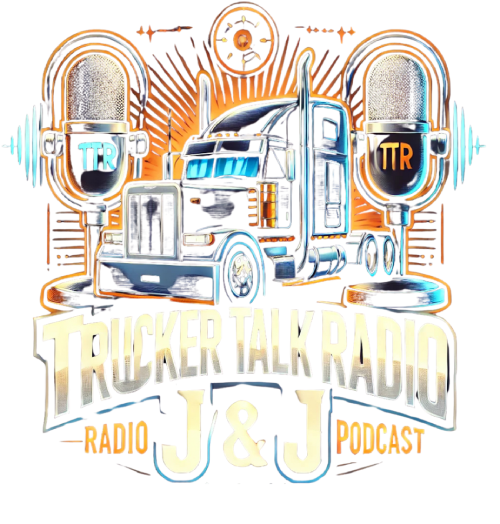Strengthened Emissions Standards for Heavy-Duty Trucks Issued by EPA
The Environmental Protection Agency (EPA) announced a final rule on Tuesday that enhances emissions standards for heavy-duty trucks, set to take effect for model year 2027 vehicles.
According to the agency, the new standards are 80% stricter than current regulations. EPA Administrator Michael Regan stated, “This is just the first step under the EPA’s Clean Trucks Plan to work towards a zero-emission future.”
This extensive 1,153-page rule aims to cut nitrogen oxide (NOx) emissions from heavy-duty trucks by over 40% by 2040 and 50% by 2045. It encompasses a broader range of engine operational conditions compared to existing standards and enforces compliance for an extended duration.
Among various stipulations, the rule requires manufacturers to enhance anti-tampering measures to ensure accurate emissions reporting. The regulations are expected to not only improve air quality for those living near trucking routes but also extend the operational lifespan of regulated vehicles by 1.5 to 2.5 times, while also increasing emissions warranties threefold, as per the agency’s report.
Members of the trucking industry expressed concerns following the announcement of the rule. Some stakeholders are anxious about the implementation schedule, while others have criticized the agency’s approach. Jed Mandel, president of the Truck and Engine Manufacturers Association, emphasized that the success of the rule depends on trucking fleets’ willingness and capability to invest in new, lower-emission vehicles.
American Trucking Associations President Chris Spear mirrored Mandel’s sentiments, pointing out that while the standards target manufacturers, it will ultimately be the purchasing choices of trucking fleets that influence the success of the EPA’s emissions reduction objectives. Spear highlighted that the trucking sector has reduced NOx emissions by over 98% since 1988, advocating for standards that are technologically feasible, affordable, and reliable for fleets.
The Owner-Operator Independent Drivers Association expressed concern, stating that the new regulations could jeopardize small business truck drivers. OOIDA President Todd Spencer cautioned that if small operators cannot afford compliant trucks, they may either cling to older models or exit the industry altogether, suggesting that the EPA has disregarded the warnings and concerns raised by truck drivers in this latest rule.


